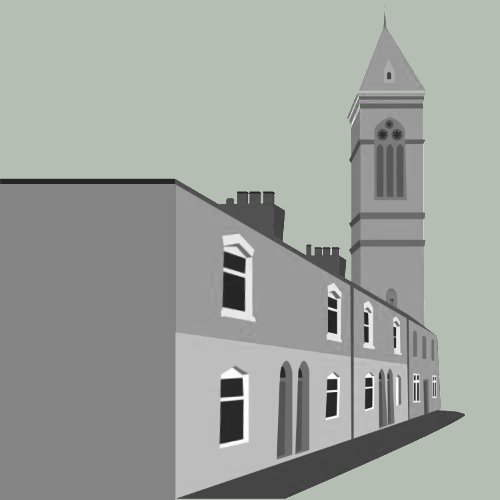Worcester College and the Oxford Canal Mark Davies, 9 December 2023
Worcester College has the most intimate and proximate historical associations with the Oxford Canal of any Oxford college. (Next would be St John’s, which also parted with land through which the canal was dug in the 1780s, and in more recent times it would be Nuffield, and to a lesser extent St Peter’s.)
To achieve its final destination into Oxford in 1790, the Oxford Canal Company agreed in 1788 the purchase from the College a “piece of Garden Ground”. This ran immediately to the east of the branch of the Thames which is today called the Castle Mill Stream. The sale was finalised in 1793, with the Company’s purchase of an additional plot which was being leased to the College by Oxford City Corporation, immediately to the north of Hythe Bridge (today’s‘pocket park’).
A stipulation in the 1788 Articles of Agreement between the Company and the College was to provide the “Provost, Fellows and Scholars with a passage for a boat into the said Canal and from thence into the Thames and Isis” (a clause which was annulled in 1796 for practical reasons).
To ease the danger of floods, the Company was required to construct a culvert to take water away from Worcester’s grounds and under the canal to “Beesley’s Lasher” (named after the extensive family of boatmen and fishermen who resided at Upper Fisher Row) where it emptied into the Wareham Stream. This worked well until 1843 when the College’s fields were found to be frequently under water, so the College either repaired the culvert or laid a new one. When this also proved ineffective, the College successfully sued the Company (citing the original 18th century covenant) which rebuilt the culvert in 1913. The improved efficiency appears to have caused the demise of Plato’s Well, an ancient spring within the College grounds, described as “beautiful, bountiful” as late as 1899.
In 1897 the Company supplied 2,200 tons of soil to raise the height of the College’s fields. In 1937 “two roods and 28 perches” of the land sold by the College in 1788 was bought back for £500. There was therefore a precedent for the College to buy canalside land, even before they bought the old architectural salvage site in Jericho to build their Canal Building in 1994.
More generally, the completed Oxford Canal represented an unprecedented Town & Gown unity of purpose, with shareholders from within both the University and the city, all parties having an especial vested interest in cheaper and more reliable supplies of coal.
The insignia of the Oxford Canal Company (seen today on Canal House, the home of the Master of St Peter’s College) shows the University Church of St Mary, the Radcliffe Camera, and a loaded coal barge. It is a unique Oxford depiction of entwined religion, education, and trade. On Britannia’s shield are impaled both the arms of the city and those of the university. For the reasons above, one might argue that Worcester College is more representative of the latter than any other college. The design is one of only two contemporary public demonstrations of such collaboration anywhere in the city.


